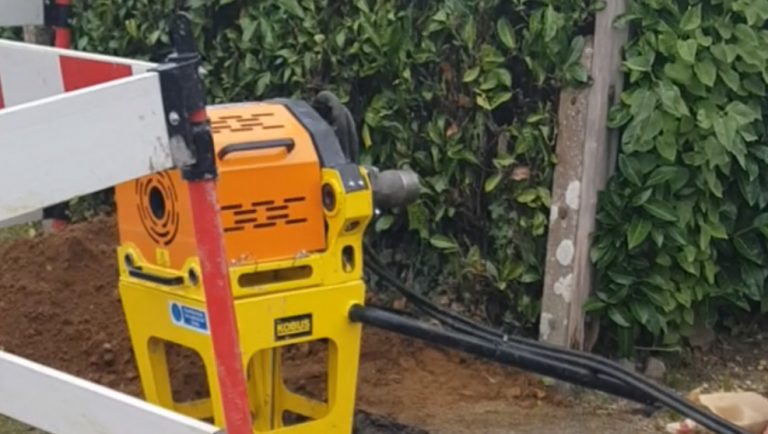How it started
The trenchless technology method started around 40 years ago and was invented by Eric Wood. The first recorded pipe replacement was in 1970 by Wood as he started to develop the first cured-in-place piping. Despite Woods’ background in the plumbing industry, he had to work hard to get his newly developed technology widely used within the pipe replacement industry.
In 1977 a short time after Eric Wood recorded the first instance of pipe pulling, the UK needed thousands of defective cast-iron pipes replaced due to its vast underground. In response to the question of how to do this and be cost efficient, British Gas working with the engineering company DJ Ryan developed a method of bursting old pipes.
Development of other methods
The CIPP method was the first pipe pulling technique and the oldest. The CIPP method is typically used in gravity lines, which includes storm water lines, process lines, and sanitary sewers. Cured-in-place pipe lining technology can also be used to reduce low pressure lines.
Pipe bursting is another technique to come out of Eric Wood’s innovative idea. The idea behind pipe bursting is to break the existing, deteriorating pipe and use force to push its pieces into the ground around it, while pulling the replacement pipe into place, with no need to remove the existing pipe.
Present day pipe-pulling and the benefits
Modern day pipe pulling is a trenchless rehabilitation technique where a new pipe is attached to the old pipe and pulled into the ground as the old pipe is pulled out. This technique adopts the route of the existing pipe to prevent the need for further excavation. Pipe pulling is useful as it is faster and requires less workers, which helps keep costs and customer disruption to a minimum. Another efficient benefit pipe pulling offers is the reduced risk of utility strikes, because of the technique used it enables the new pipe to simply be towed behind the old one using the same bore hole, ensuring the new and old pipe does not come into contact with other utility pipes.
For more information on the benefits of pipe pulling, please contact us at Kobus.



